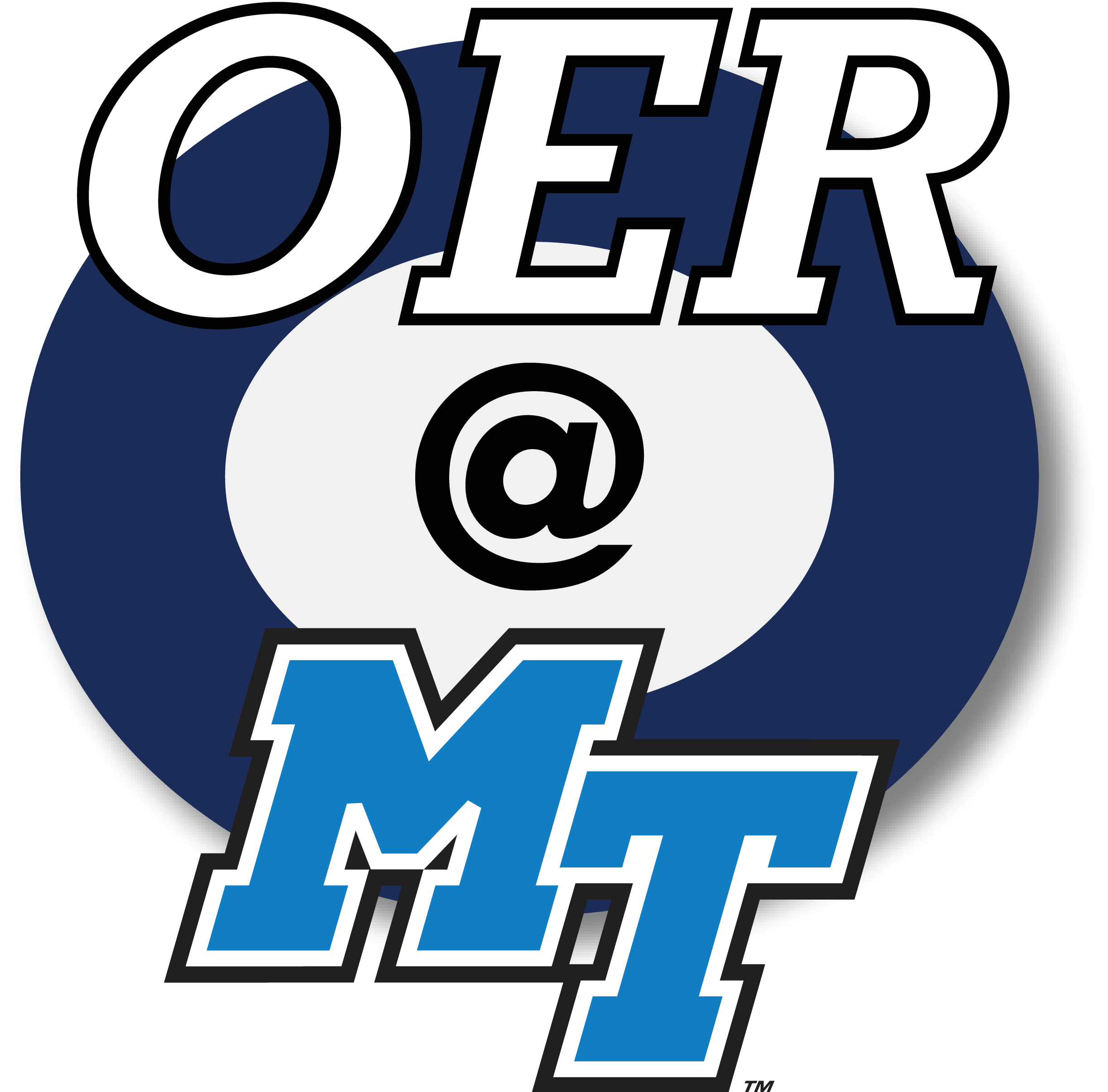Acknowledgements
The creation of this open educational resource (OER) was made possible by an Embracing Equity through Open Educational Resources (OER) Grant at Middle Tennessee State University. We are thankful for the dedication to funding OER projects by MTSU.
The content provided in this book was remixed and adapted from previous OER authors. We would like to extend special thanks to the following authors.
- Rhonda Davis for their 2024 Interdisciplinary Thinking and Learning: Problem-Solving for a Complex World. Copyright © 2024 by Rhonda D. Davis and is licensed under a Creative Commons-Attribution-NonCommercial-ShareAlike 4.0 International license.
- Analyzing disciplinary insights
- Robin DeRosa for their 2016 Interdisciplinary Studies: A Connected Learning Approach. Copyright © 2016 by Robin DeRosa is licensed under a Creative Commons Attribution 4.0 International License, except where otherwise noted.
- DeRosa, R. The big terms.
- DeRose, R. Content, methods, epistemologies.
- McElreavy, C., Tobin, V., Martin, T., Damon, M. B., Crate, N., Godinez, A., & Bennett, K. The history of the academy and the disciplines.
- Misiewicz, J. The benefits and challenges of interdisciplinarity.
- Josh Dickinson for his College Writing Handbook.
- Cathie LeBlanc and other First Year Seminar Fellows at Plymouth State University for their First Year Seminar Readings. Copyright © by Cathie LeBlanc is licensed under a Creative Commons Attribution 4.0 International License, except where otherwise noted.
- Integrative learning
- Evaluating Information – Applying the CRAAP Test by Meriam Library at California State University, Chico, is licensed under a Creative Commons Attribution 4.0 International License.
- Teaching & Learning contributors at Ohio State University Libraries for their 2015 Choosing & Using Sources: A Guide to Academic Research. Copyright © 2015 by Teaching & Learning, Ohio State University Libraries is licensed under a Creative Commons Attribution 4.0 International License, except where otherwise noted.
- Data as sources
- Evaluating for Credibility
- Evaluating for Relevancy
- Fact or opinion
- Glossary
- Narrowing a topic
- News as a source
- Popular, substantive popular, professional, & scholarly
- Primary, secondary & tertiary sources
- Scholarly articles as sources
- When to cite
Unless otherwise indicated, third-party texts, images, and other materials quoted in these materials are included on the basis of fair use as described in the Code of Best Practices for Fair Use in Open Education. Please refer to the attributions at the end of each chapter to determine the original authors.
The front cover image is Ai Generated Human Brain by Shelley Evans on Pixabay (license information).

